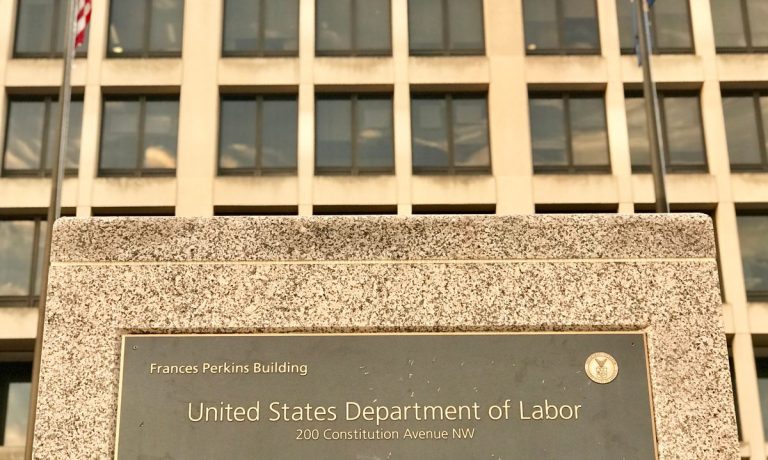
New jobless claims for the week ending Aug. 28 dropped 14,000 to 340,000, beating forecasts of 345,000 and hitting the lowest level yet since the COVID-19 pandemic gripped the U.S. in March 2020, when it was 256,000.
The Sept. 2 weekly report from the U.S. Bureau of Labor Statistics (BLS) also said that the previous week’s level was revised up by 1,000 from 353,000 to 354,000.
See also: Federal Pandemic Jobless Benefits to End
Continued weeks claimed for benefits in all programs for the week ending Aug.14 was roughly 12.2 million, an increase of 178,526 from the previous week. There were about 29.8 million weekly claims filed for benefits in all programs in the same time frame in 2020.
During the week ending Aug. 14, extended benefits were available in Alaska, California, Connecticut, District of Columbia, Illinois, Nevada, New Jersey, New Mexico, New York and Texas.
Puerto Rico, California, District of Columbia, New Jersey, Illinois, Rhode Island, Connecticut, New York, the Virgin Islands and Nevada had the highest insured unemployment rates.
The biggest increases for initial claims were in Illinois, Florida, Maryland, Oregon and New Jersey. The biggest decreases were Michigan, Virginia, Texas, Ohio and Georgia.
See also: Delta Variant Triggers Slowdown on Great Reopening
“The delta variant is having some impact on economic activity, but positives still outweigh the negatives,” Gus Faucher, chief economist at PNC Financial Services Group, told The Wall Street Journal. “The labor market continues to recover strongly, and we’ve seen significant improvement, particularly in recent months.”
Related news: Report: Cutting Unemployment Benefits Generated Minimal Job Gains
Labor shortages are still an issue, and the delta variant of the virus could be keeping some people at home instead of in the workforce.
Despite a shortage of workers in many sectors, there were 5.7 million fewer jobs in July when compared to February 2020, according to the WSJ. Further, people working or looking for jobs dropped by 3.1 million.